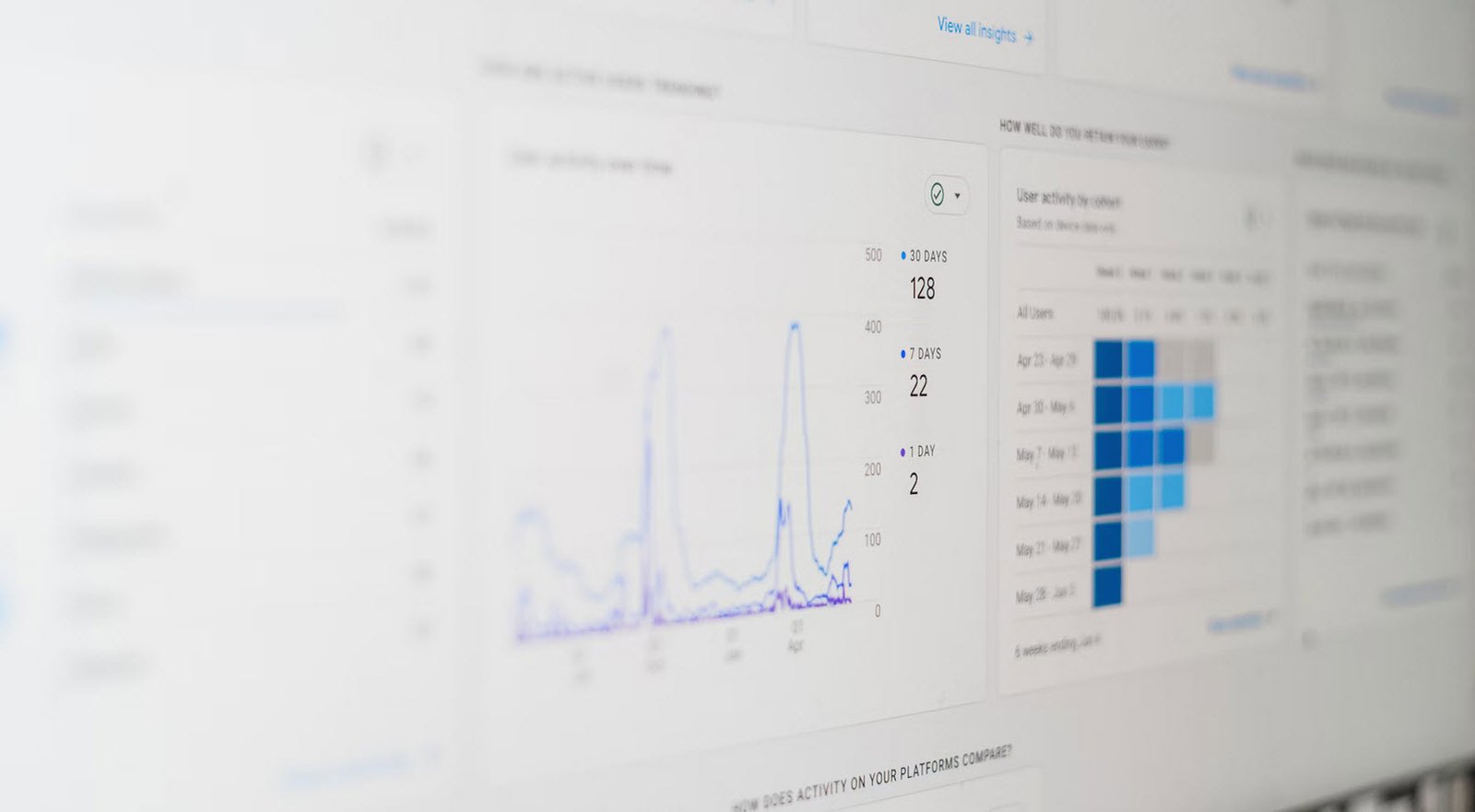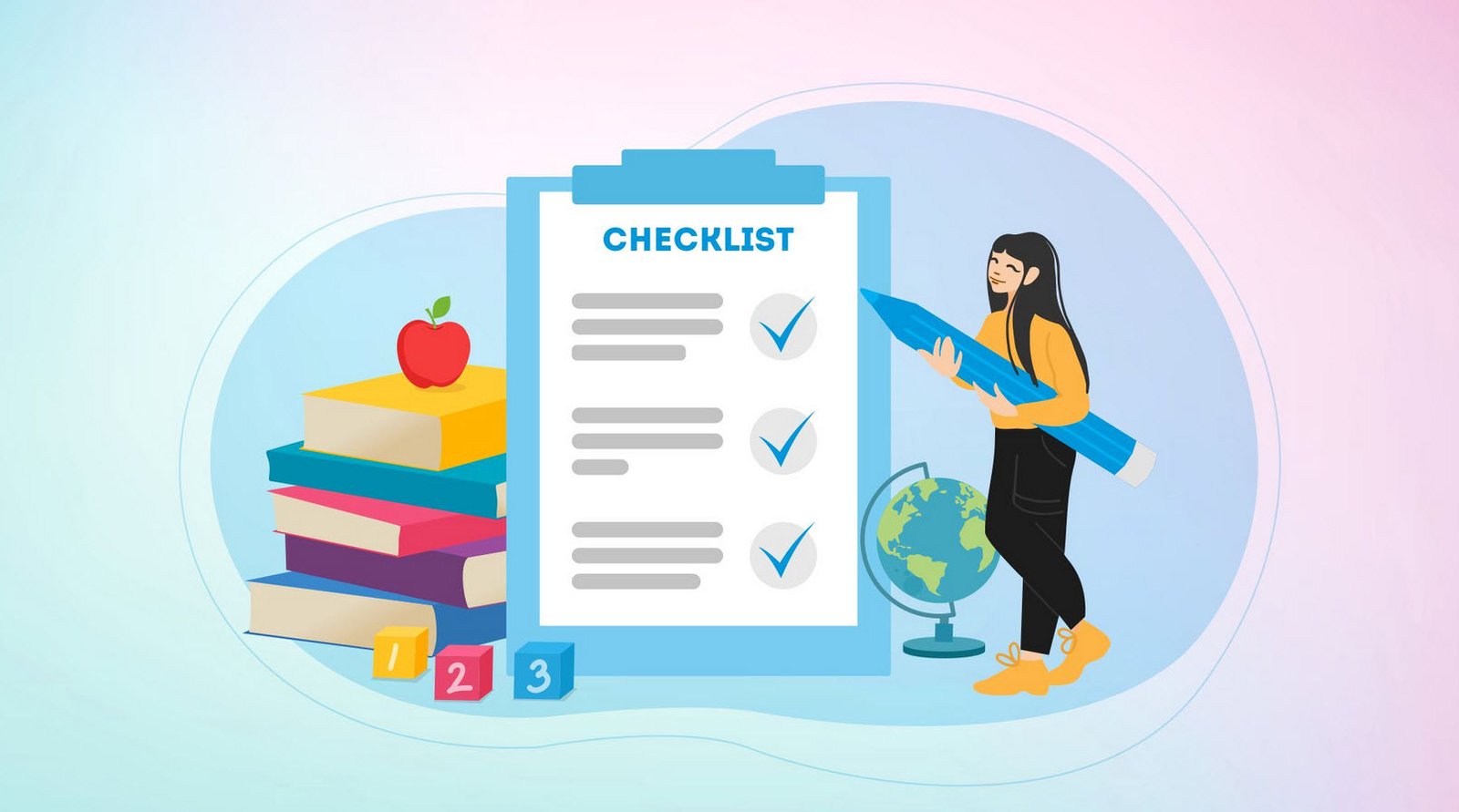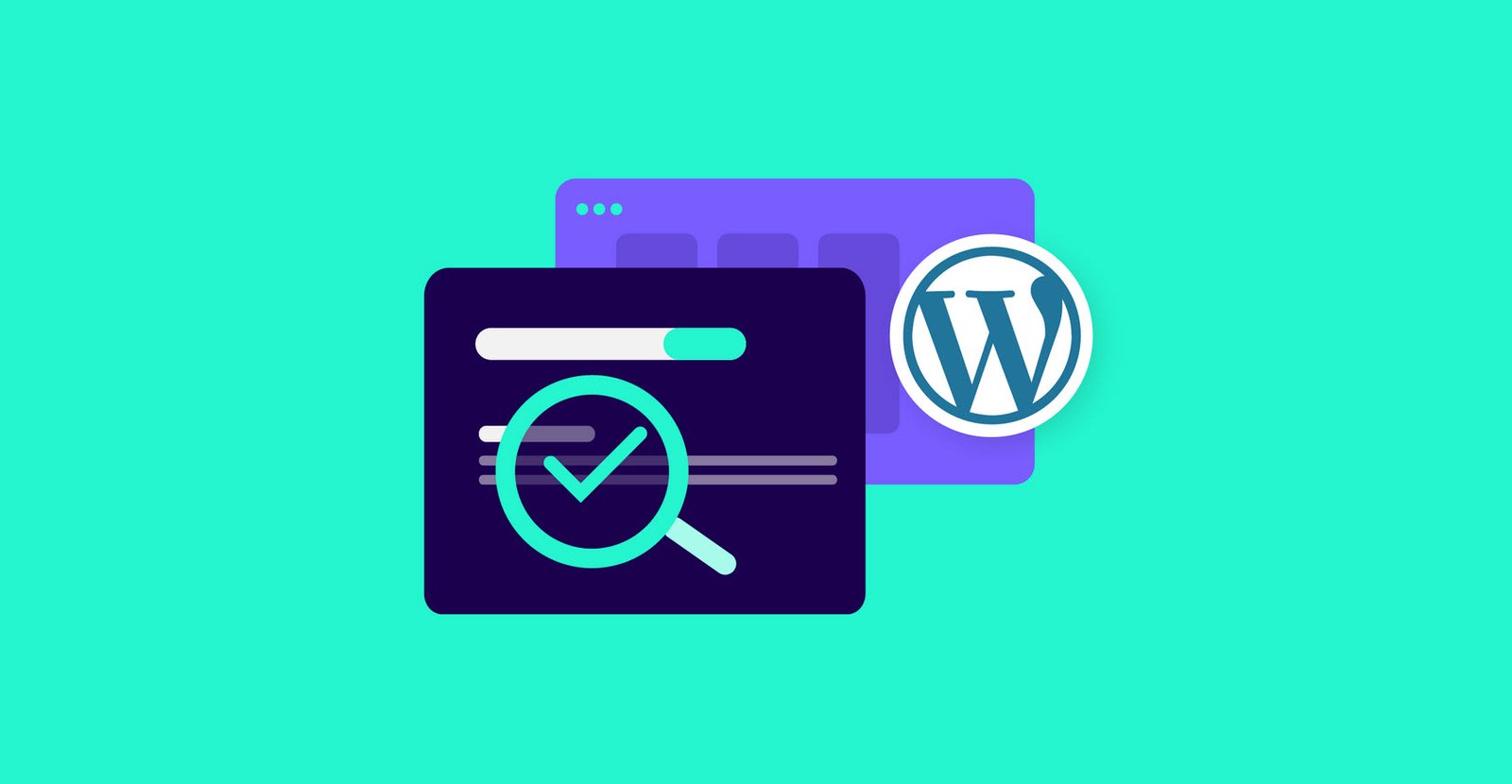
Lead generation is the lifeblood of any successful business. It involves attracting potential customers and converting them into individuals interested in your product or service. In a digital age where competition is fierce, employing effective lead generation strategies is vital for business growth and sustainability.
Here are six lead generation best practices to help you build a strong and sustainable lead pipeline:
1. Perform Audience Research
Understanding your target audience is the foundation of successful lead generation. Conduct thorough research to identify who your potential customers are, what challenges they face, and how your product or service can address their needs. This understanding will enable you to tailor your marketing efforts and messages to resonate with your audience, increasing the likelihood of capturing their interest.
2. Focus on Quality Over Quantity
While quantity is important, quality should never be compromised in lead generation. It’s crucial to attract leads that are genuinely interested in what you offer. Instead of chasing large numbers, concentrate on reaching individuals who are likely to convert into customers. Quality leads result in higher conversion rates and, ultimately, a more successful sales strategy.
3. Use Data Responsibly
Data is a powerful tool in lead generation, but it must be handled responsibly and ethically. Ensure that you comply with relevant data protection regulations and obtain consent before collecting any personal information. Utilize customer data to personalize your interactions and tailor your marketing efforts, providing a more engaging and valuable experience for your audience.
4. Analyze User Data
Regularly analyze the data you collect from various sources to gain insights into your audience’s behavior, preferences, and engagement patterns. Analyzing this data will help you refine your lead generation strategies and optimize your marketing campaigns. By understanding what’s working and what’s not, you can make data-driven decisions to improve your overall lead generation efforts.
5. Measure Your Results
To assess the effectiveness of your lead generation strategies, establish key performance indicators (KPIs) and track them meticulously. Monitor metrics such as conversion rates, click-through rates, and lead-to-customer ratios. By measuring your results, you can identify areas for improvement and make necessary adjustments to enhance the performance of your lead generation campaigns.
6. Iterate Your Approach
The digital landscape is ever-evolving, so it’s crucial to adapt and evolve your lead generation approach accordingly. Continuously review and assess your strategies, considering the feedback from your audience and the data you’ve gathered. Be open to making changes and refinements to your tactics to keep your lead generation efforts effective and relevant.
In conclusion, successful lead generation is built on understanding your audience, focusing on quality, responsible use of data, analyzing user behavior, measuring results, and iteratively improving your approach. By implementing these lead generation best practices, you can attract the right audience, convert them into leads, and ultimately drive growth and success for your business.
You may also like:- Top 10 SEO Key Metrics You Should Measure
- 25 Best Niches for Different Types of SEO Businesses
- Top 19+ Technical SEO Checklist for 2024
- Top 10 SEO Score Checker Tools in 2024
- 7 Essential Factors to Rank in the Top 3 Spots of Google
- Best WordPress SEO Plugins for Enhanced Website Rankings in 2024
- OpenAI and Microsoft’s $100 Billion AI Data Center – A New Era in Artificial Intelligence
- SEO ChatGPT Prompts – Save Time & Rank Better
- [March 2024] Google SEO Updates You Need to Know
- Want Image SEO? Here is the Guide








